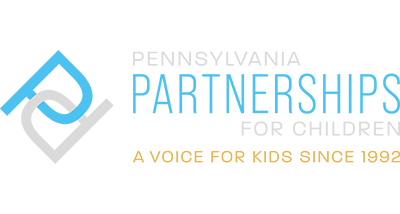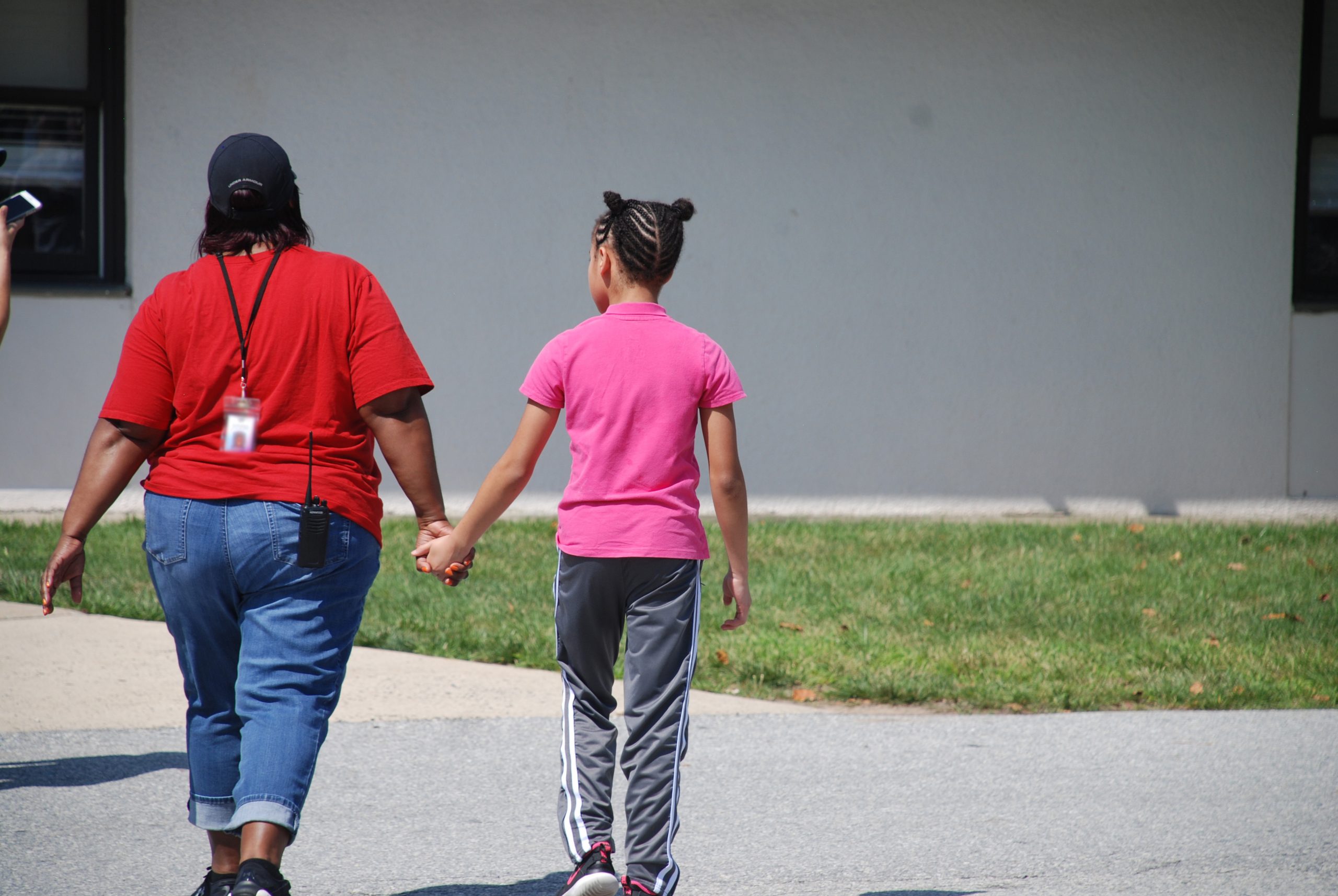2021-22 PA Budget Fails Children and Families with No Plan Forward
Our partners at PA Partnerships for Children crafted the following message about the 2021-2022 budget.

The 2021-22 state budget – passed by the legislature on Friday 6/25 and awaiting the Governor’s signature – is hugely shortsighted and fails Pennsylvania children and families because instead of using billions of dollars to support services to build better futures for children, the funding will collect dust at a time when families need it the most.
Under the crush of the pandemic last year, the state passed a stopgap budget as a short-term solution. Several long-term solutions were proposed for the FY 2021-22 state budget but ultimately dissolved by final passage. We acknowledge the sensitivity around using the federal American Rescue Plan (ARP) funds for recurring costs and not spending them all at once. However, without a plan from the legislative majority or the administration, there are no assurances for families that this funding will be used to improve their lives in future budgets. We now find ourselves operating in a vacuum with no plan forward to lift children and families out of the health crisis definitively.
| The state legislature passed the FY 2021-22 Pennsylvania state budget and accompanying legislation ahead of the June 30 deadline, which is expected to be signed by Gov. Wolf in the coming days. The $40.8 billion package includes an injection of federal stimulus funds and represents a 29% increase over last year’s largely level-funded spending plan passed during the pandemic. Legislative leaders, led by the Republican majority, have asserted that when federal stimulus funds are subtracted out and along with increased spending in the Department of Human Services budget (due to costs associated with the pandemic), the increase in spending equates to closer to 2.6%. The budget also places more than $2.5 billion in increased state revenues in the state’s rainy day fund. On top of the rainy day fund deposit, the budget plan calls for the state to hold on to more than $5 billion in unspent American Rescue Plan (ARP) funding for future budgets. Those dollars must be spent by various dates depending on the specific pot of funding, but in total must be expended by December 31, 2024. Key investments (or lack thereof) in the General Appropriations bill (SB 255) include: $200 million increase in basic education funding for Pennsylvania’s public schools, driven out through the basic education funding formula. An additional $100 million will go to the top 100 underfunded schools through the Level Up initiative. Approximately $28 million in the line item has been subtracted out to account for school district social security payments. No state increase in funding for the Career and Technical Education subsidy line, although $43.5 million in discretionary ARP funding is included through Elementary and Secondary School Emergency Relief (ESSER) funds from the Department of Education, allocated to Career and Technical Centers for equipment purchases (see Fiscal Code comments below for more information). $50 million increase in special education funding, appropriately easing the burden of increased costs felt by local school districts. $30 million increase in high-quality pre-k: $25 million increase for Pre-K Counts and a $5 million increase for the Head Start Supplemental Assistance Program to serve more than 3,200 children. No state funding increase for child care line items in the budget (Child Care Services/Child Care Administration). The Start Strong PA campaign was not asking for an increase in state funds but rather was focused on the allocation of federal stimulus funding. As outlined in the Fiscal Code, ARP Child Care Stabilization Funds were allocated for the full $729 million appropriation (see Fiscal Code comments below). No state funding increase for voluntary, evidence-based home visiting through the Community-Based Family Centers line. The Nurse-Family Partnership line will receive a minimal increase to restore it to its prior level due to a slight reduction resulting from the state using enhanced Federal Medical Assistance Percentage (FMAP) funding last year. $5.5 million increase in state funding for the Children’s Health Insurance Program (CHIP). When federal FMAP is included in the calculation, this decreases the year over year figure due to children moving from CHIP to Medicaid (where they cannot be disenrolled until after the Public Health Emergency ends). No increase in funding for the Women, Infants and Children Program (WIC), which the federal government fully funds. Early Intervention Part C (serving 0-3-year-olds) received an increase of $22.18 million, while Part B (serving 3-5-year-olds) saw an increase of $11 million in state funds. $158.8 million increase in state funding for County Child Welfare – a 14% increase over last year’s appropriation from the Needs-Based Budget – will not create new programs but will maintain existing ones. |




